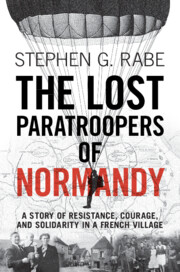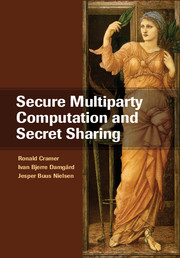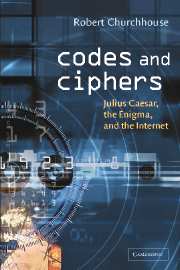Delusions of Intelligence
In 1974, the British government admitted that its WWII secret intelligence organization had read Germany's ciphers on a massive scale. The intelligence from these decrypts influenced the Atlantic, the Eastern Front and Normandy. Why did the Germans never realize the Allies had so thoroughly penetrated their communications? As German intelligence experts conducted numerous internal investigations that all certified their ciphers' security, the Allies continued to break more ciphers and plugged their own communication leaks. How were the Allies able to so thoroughly exploit Germany's secret messages? How did they keep their tremendous success a secret? What flaws in Germany's organization allowed this counterintelligence failure and how can today's organizations learn to avoid similar disasters? This book, the first comparative study of WWII SIGINT (Signals Intelligence), analyzes the characteristics that allowed the Allies SIGINT success and that fostered the German blindness to Enigma's compromise.
- Tells the full story of Ultra and Enigma, including a full analysis from the German perspective
- A comparative study of German and Allied WWII intelligence successes and failures
- A historical case study examining organizations' best practices for recognizing and preventing communications security lapses
Reviews & endorsements
'This book is a major addition to the existing literature on code breaking during the Second World War, and may well create a stir among historians of cryptology, especially in Europe.' Intelligence of National Security
'A fascinating book! If I was still teaching I would get my students to read it.' Professor Robert Moore, University of Liverpool
'… is well written and accessible and is indispensable to any student of wartime intelligence. For the general reader, it is an excellent introduction to the topic of wartime code breaking.' The Times Higher Education Supplement
Product details
October 2008Paperback
9780521736626
332 pages
224 × 142 × 18 mm
0.43kg
Available
Table of Contents
- Introduction: the traitor in our midst
- 1. Enigma: the development and use of a new technology
- 2. Early triumph: German intelligence successes
- 3. Of no mutual assistance: compartmentalization and competition in German signals intelligence
- 4. The work of Station X: centralizing Allied cryptology at Bletchley Park
- 5. Protecting Boniface: Allied security, disguise, and dissemination of Ultra
- 6. The illusion of security: the German explanations for Allied successes
- 7. Determined answers: structural problems in German signal intelligence
- 8. A long-standing anxiety: Allied communications security
- 9. Enter the machines: the role of science and machines in the cryptologic war
- Conclusion: ending the era of security.






